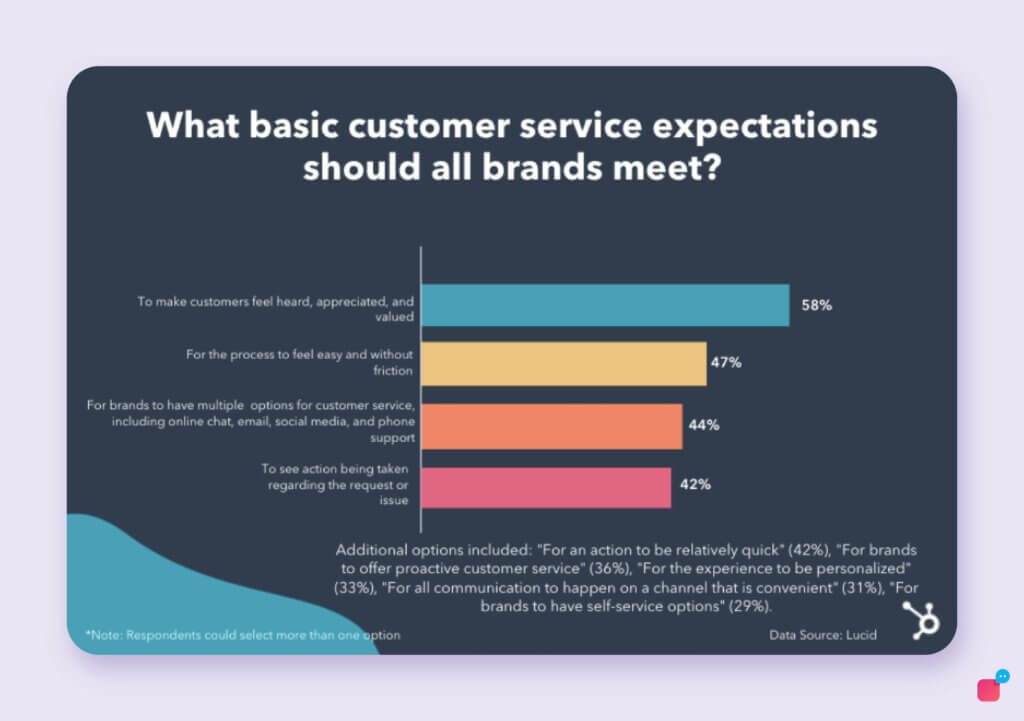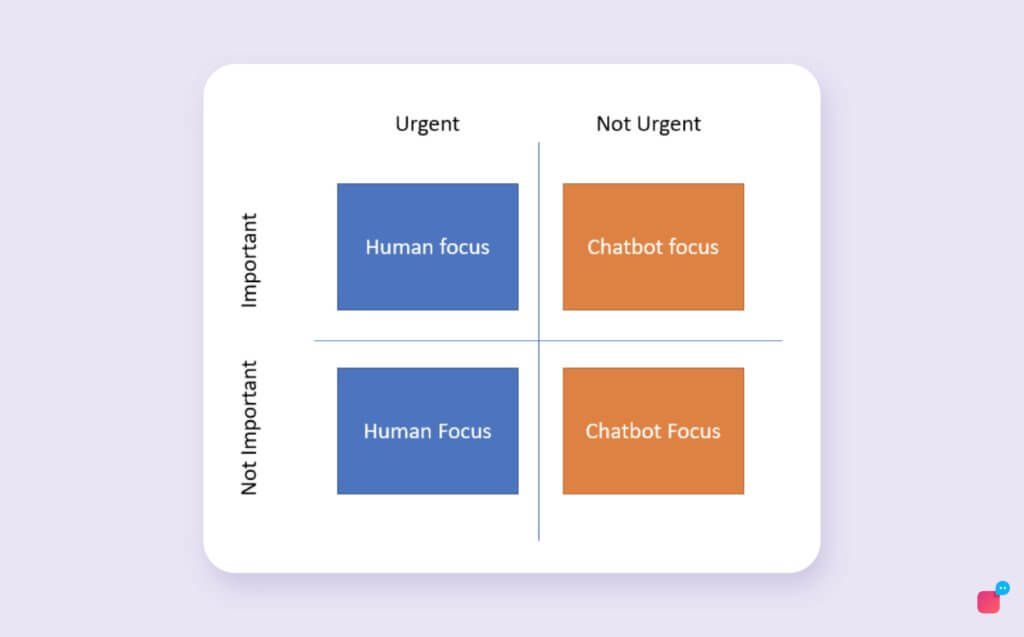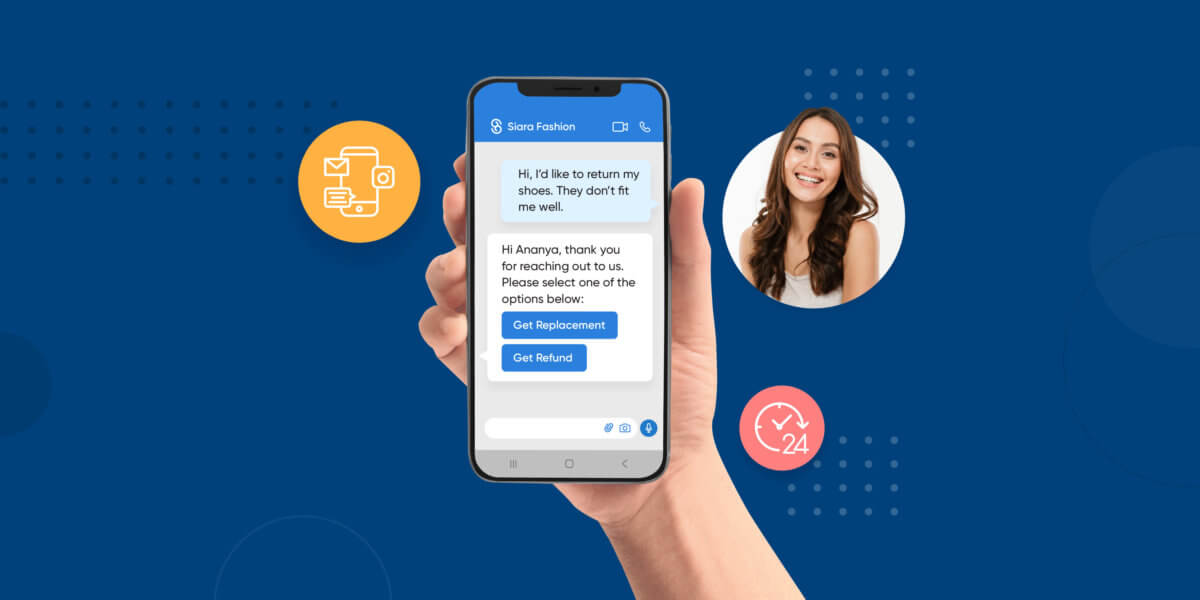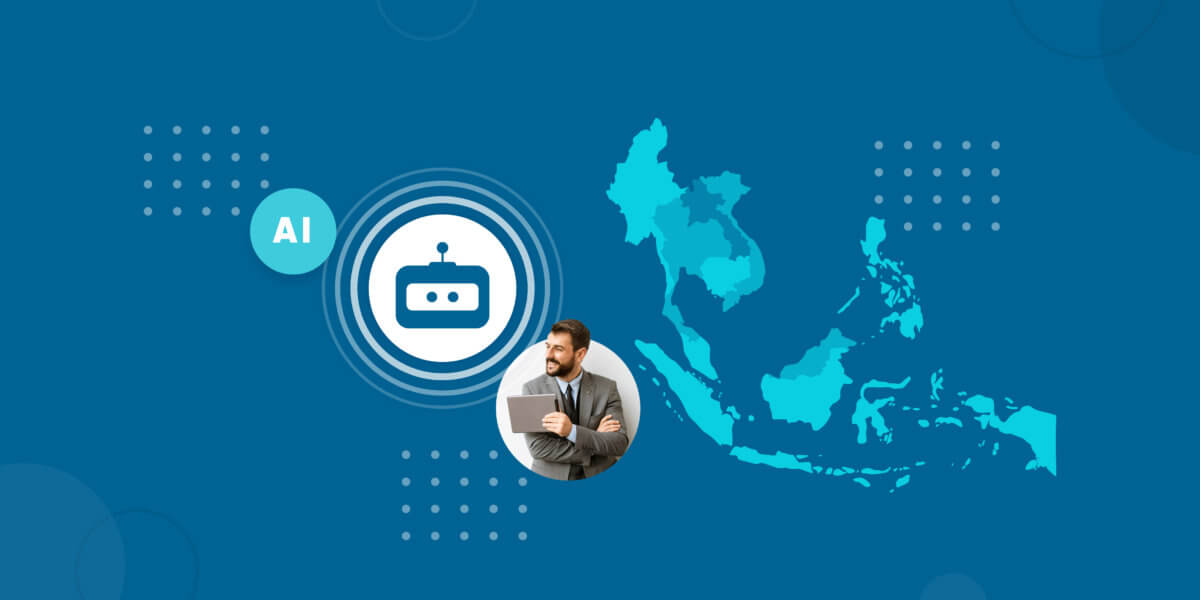Conversational AI: The Time is Now

Conversational AI: The Time is Now
I’ve been recently working on several articles in the Martech and digital space. Mostly around the increased pressure eCommerce is putting on existing consumer behaviours and, especially, expectations.
I think the sentence that states how the pandemic changed our way of living (and consuming products) is becoming quite repetitive. And so, I will try to give a different reading of the overall eCommerce penetration analysis with something else: expectation management.
The question I believe we should start asking ourselves now that life is going back to the norm (or a new norm, as many say) is: What do we expect from our digital experiences?
What we all agree on is the fact that human-machine interaction is quickly and dramatically changing, across the board. There are infinite studies proving how COVID-19 “helped” the world to fasten the digital evolution and how consumers deal with eCommerce.
In 2018, it was quite common, in case of an issue with any eCommerce or digital service, to see customers walking the extra mile to find numbers to be called at any cost. Any company not immediately providing such info was seen as borderline dodgy.
Recent history is different. People are happy or ready to engage with companies online. It became normal (especially in MENA) to contact businesses over WhatsApp or Messenger, expecting the resolution of problems or simply asking for information or booking something on these channels.
The need to speak with a human to resolve a matter (or purchase) with a digital company has been entirely shifted with an “efficiency” approach where customers became savvier in understanding when trying to reach a real person and when something can be easily done without interactions through bots/automatisms.
This is great from a business perspective, as it opened up the doors to more refined and effective bots and AI. But it also created quite a few challenges in terms of the technological level a brand is supposed to deploy in order to provide a customer service experience that is up to date. Especially when the whole world is quickly moving towards automation and people are becoming more and more conscious of how to leverage it from a consumer perspective.
As a marketing and digital professional, I was (professionally) grown with a solid sentence of how important the customer is: The customer always comes first. This has always been supported by plenty of marketing literature but also common sense:
- Why spend an increasing amount of money to re-acquire customers a business already paid once?
- Wouldn’t it be smarter to invest in the UX and retention programs to increase loyalty and repeated transactions leading to ultimate protection of the customer base?
Well, it sounds very logical, especially for someone like me with a strong performance background in Travel and Retail, but I’ve recently read an article from Mauricio Prieto (a newsletter called “Travel tech essentialist”) talking about loyalty metrics in the Online Travel space, this was a shocker to me.
The Center for Hospitality Research at Cornell University published Shifting Loyalties: Where Has All the Love Gone?, a research report on the changing consumer behaviour and loyalties with travel brands. The analysis of brand affinity examined both search and booking behaviour over the past 3 years tapping into Adara’s unique data asset which aggregates data contributed by more than 300 consumer brands over 30 data elements on 1+ billion profiles. Summary of findings:
- For the most frequent traveller segment (top 5%), the loss of brand engagement is moderate at 15%.
- Falling engagement levels correspond to a combination of higher leisure travel and a preference for midscale/economy hotels.
- A sub-segment of infrequent travellers has increased their brand engagement over the past two years.
How is it possible that frequent travellers (the heavy consumer all travel brands fight hard to get and retain) started to show a higher level of likelihood to shift brands rather than sticking to the best for their needs?
I believe, when it comes to purchasing intent (of either a product or a service) the two elements that really became fundamental are
- Price
- Customer service
I love working on Travel cases (especially on Flights and Hotels) because the price is something flat, where the variations are minimal due to the competitiveness of the vertical as well as the fact prices are determined by multiple agents’ part of the transaction creating a quite rigid structure; companies in the Online Travel space can mostly play on the field of UX and Customer service.
This is where things get interesting to me. Customer service.
Lucid published a study on customer service expectations in 2021. Below are the results of the study.

It doesn’t take expert analysis to understand such a level of expectation would require a huge amount of customer service employees per customer since everyone wants to be taken care of in the most human way possible. Everyone feels equally important and wants to be considered a priority, even when a case is relatively simple or there’s technically no need for a human to be involved. This is where conversation AI and chatbots can actually make the difference in helping a business successfully scale up its customer satisfaction (or CSAT) without incurring heavy FTE consequences.
Chatbots, like any technology tool, are not meant to replace functions or people, but to enhance them, with the final goal of producing disproportional business effects. It’s all about understanding how to integrate them or, more effectively, how to drive certain queries to agents and the others to a bot. This sounds logical and relatively simple, but how does it practically work and why there’s no one size fits all approach?
We all know that each company is different, even comparable business in direct competition. It’s still something experts are studying, but we can simplify the topic by assuming that each company, over the years, develop a particular DNA (or culture). This culture defines how the company creates and sells products, how customers are talked to and responded to, as well as on how colleagues talk to each other.
It is virtually impossible to build two companies which are the same as human beings we are all different. This has a direct effect on how customers react to a product, ultimately changing how expectations are set and what/how things are requested.
That’s why customer service should be a heavily data-driven department where all instances should be clustered and analysed.
What keeps agents busy from a macro category perspective? In the travel space, this is usually done to refund requests (that tend to take long administrative timings) and amendments while for retail business we can add the shipping status. These relatively simple queries (defined as status checks) can absorb hours and hours of agents, even though proper customer service operation management and strategy can assist with routing them in a very efficient way, but little can be done if the volumes pass a certain threshold.
When looking at this topic, I recall the good, old, Eisenhower’s matrix (that crosses urgency and importance), to understand where we should focus human intervention and where a bot can make the difference, below is my interpretation.

This is my interpretation of how we can apply a conversational AI operation to the Lucid study to maximise both the companies’ and customers’ values.
How do your customers feel heard and appreciated? To me, the first element is to be prompt in the response and proactive in problem-solving. Moreover, there’s also a factor of the amount of time given to a client, this is where human agents make a difference and where the human attention should be directed.
Companies should focus on ensuring urgent and important queries go straight to agents, while the not urgent and not important ones are taken care of by conversational AI. As customers won’t mind if the resolution of the problem takes a bit longer or if they need to go through a few more steps to guide the AI in the process.
Another important aspect that this matrix takes care of is AI training, something many companies tend to underestimate. Any tool AI/ML-powered needs to learn from examples and cases, the more these cases are about the specific company, the better it gets.
If the business has a clear vision of what makes sense to automatise (like non-urgent requests, which usually generate most of any online operation) the resulting AI response will be optimal, further increasing customer satisfaction.
The above-mentioned points open to the conclusion of this article, which will be focused on how to think about conversational AI and how to effectively implement it.
From my personal and perspective point of view any technological advancement or solution is meant to be a tool for a purpose and should be used in accordance with a business strategy built on data; having the best solutions it’s irrelevant if they are not properly integrated with a business vision.
Being customer-centric is not an option anymore in 2022, it’s a must. The real deal is to be customer-centric in a financially sustainable way.
What are my customers looking for? Where should I focus the human attention in terms of cases and problematics?
These are the questions I’d ask myself if I was looking to improve customer service automation this year. The time is now.

About the Author:
Vittorio Barraja is a Global Marketing Leader with deep domain expertise and a proven track record in the eCommerce and Travel industries. He is passionate about driving business success through delivering high-level marketing (digital and offline) solutions. In addition, Vittorio Barrja as an industry expert has worked to attain growth and long-term market sustainability through delivering significant revenue growth and quantifiable Marketing ROI, producing successful commercial strategies, building high-performing marketing teams, and improving brand positioning.








